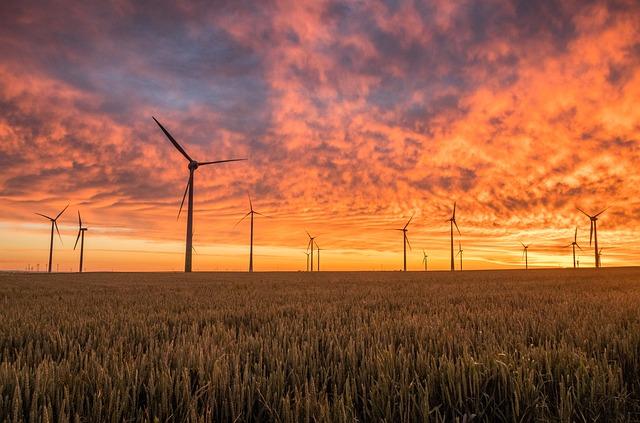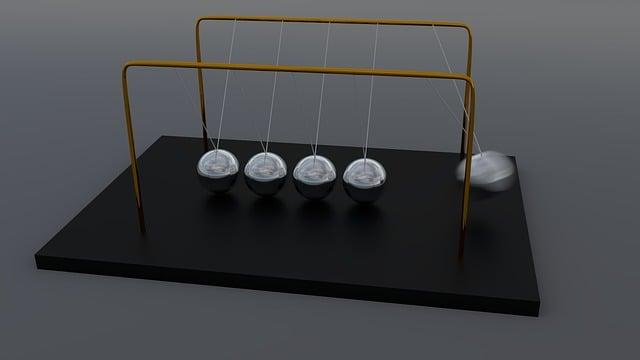- Introduction
- What is Kinetic Footstep Power?
- How Does the Technology Work?
- Applications of Kinetic Footstep Power
- Environmental Benefits of Kinetic Footstep Power
- Challenges and Future Potential
- Conclusion
- FAQs
- References
Introduction
Kinetic Footstep Power is an innovative, sustainable technology that harnesses the energy produced when people walk. This energy can be captured through special flooring systems and converted into electricity for powering devices, lighting systems, and more. In this article, we will explore the concept of kinetic footstep power, how it works, its applications, environmental benefits, as well as its challenges and future potential.
We’ll begin by understanding the foundational mechanics behind the technology and then dive into real-world applications like public transportation stations and smart cities. Lastly, we will conclude by examining its future potential and addressing frequently asked questions.
What is Kinetic Footstep Power?

(Image: Pixabay/@zapCulture)
At its core, kinetic footstep power refers to the generation of energy from movement – specifically, the steps taken by individuals. When someone walks or applies pressure on a surface embedded with special kinetic energy harvesting devices, the force from their footsteps can be transformed into electrical energy.
This energy can be stored in batteries or used immediately for powering low-energy devices. This innovative approach represents a promising method to capture otherwise wasted energy in high-footfall areas such as airports, shopping centers, and public transportation hubs.
This technology operates on one of the fundamental principles of physics—kinetic energy, which is the energy an object possesses due to its motion. By leveraging piezoelectric materials or electromagnetic generators, engineers have managed to create sustainable energy solutions that are reliable and environmentally friendly.
With the increasing focus on renewable forms of energy and efficiency, kinetic footstep power stands as one of the many possibilities in the transition towards greener energy solutions.
How Does the Technology Work?

(Image: Pixabay/@Pavlofox)
The technology behind kinetic footstep power hinges largely on sensors or generating materials like piezoelectric units that turn mechanical stress (e.g., footsteps) into electrical energy. Let’s break down how these mechanisms work in different systems:
1. **Piezoelectric Effect**: One of the most commonly used methods for converting footstep energy into electricity relies on the piezoelectric effect. Certain materials generate small electric charges when subjected to mechanical pressure. When people walk on floors embedded with these materials, their footfall generates energy.
2. **Electromagnetic Convertors**: Another technology employs electromagnetic generators where each step produces vibrations. These vibrations move magnets inside a coil, creating electricity through electromagnetic induction.
3. **Pressure Plates**: Specialized pressure plates installed underfloor can convert mechanical motion into electric energy by pressing down whenever an individual steps onto them. Such systems are often combined with storage units to ensure that the energy harvested can be deployed later during operating hours.
Combining these technologies can make urban spaces self-sufficient in terms of energy, with commercial installations becoming more widespread globally. From powering municipal streetlights to energizing portable chargers, the use of kinetic energy in everyday infrastructure shows great promise.
Applications of Kinetic Footstep Power

(Image: Pixabay/@fancycrave1)
One of the most exciting aspects of kinetic footstep power is its wide range of potential applications. As population density increases, the need for alternative, decentralized energy sources has also grown. Key areas where this innovative energy source is finding a productive role include:
1. **Smart Cities**: With cities trying to become more efficient and eco-friendly, smart city projects are deploying kinetic floors in public places. Walkways, shopping malls, and tourist attractions are some spaces already equipped with these systems to capture the energy from people’s movements to power nearby systems such as lighting or advertising screens.
2. **Transportation Hubs**: High-traffic locations like airports and train stations offer perfect opportunities to install kinetic energy-harvesting floors. They leverage thousands of footsteps daily to create a surplus of energy that can power internal systems such as escalators, lights, and digital signage.
3. **Sports Facilities and Events**: Stadiums and arenas see large surges in foot traffic during events. Installing kinetic floor tiles at these locations could help municipalities invest less in conventional electricity. Some music festivals and sporting events have already experimented with using kinetic floors to contribute to power grids.
4. **Wearable Tech Innovations**: Some research ventures are exploring wearable technologies that shoot footstep-based energy into mobile phones or other devices. The ability to charge your phone just by walking a few steps might soon become a reality, making it easier for people on the go to stay connected without additional charging needs.
Environmental Benefits of Kinetic Footstep Power

(Image: Pixabay/@Pexels)
From an environmental perspective, kinetic footstep power offers robust advantages compared to conventional energy sources. By utilizing energy that would otherwise be wasted—people walking or moving—it transforms everyday motions into something productive. Here are the key environmental benefits:
1. **Energy Efficiency**: Harvesting energy that is already being "spent" by human activity minimizes the need for fossil fuel-generated electricity. This can lead to reduced greenhouse gas emissions, depending on the scope of deployment.
2. **Zero Carbon Footprint**: Since the energy is produced directly from physical movement, kinetic systems don’t involve carbon-heavy processes, such as mining for fuel or combusting hydrocarbons. This makes it incredibly desirable for sustainability-focused projects.
3. **No Noise Pollution**: Unlike some renewable options such as wind turbines, kinetic energy harvesting systems are virtually silent. Their integration into public spaces causes minimal disruption to surrounding environments.
4. **Scalability of Green Energy**: As precision improves in these technologies, wider implementation becomes more feasible, providing a scalable green energy source that can contribute meaningfully to a city's total energy consumption.
Challenges and Future Potential

(Image: Pixabay/@andremsdesign)
As promising as kinetic footstep power is, it still faces several practical challenges that impact its current viability:
1. **Energy Storage**: A significant hurdle is developing efficient, compact energy storage solutions to accompany kinetic systems. Since the energy generated can be intermittent, it requires proper storage solutions to ensure usability.
2. **Cost of Installation**: Implementing kinetic footpaths or pressure-sensitive floors can be expensive due to the need for sensors, circuitry, and grid connections. Reducing costs may take technological improvements and economies of scale.
3. **Durability and Maintenance**: These systems are prone to wear-and-tear since they are placed in high-traffic areas to maximize energy collection. Potential buyers seeking to deploy them on a broad scale must consider long-term maintenance.
Despite these challenges, the potential of kinetic footstep power remains significant. Emerging technologies and ongoing innovations may soon lower costs and improve efficiency. As global interest in renewable energy grows, kinetic energy harvesting systems could help reduce reliance on non-renewable resources.
Conclusion
Kinetic footstep power presents an innovative and sustainable way of generating energy, with applications in various industries and public domains. Although currently facing some technological and financial hurdles, the ability to convert otherwise wasted kinetic energy into useful electricity has major environmental benefits. Its use in smart cities, transportation hubs, and wearables indicates there is growing momentum to harness this emerging technology.
We expect that with further advancements and cost reductions, kinetic footstep power will play an increasing role in the renewable energy landscape, enhancing both energy efficiency and sustainability.
FAQs
What types of flooring can collect kinetic energy?
Specialized piezoelectric or electromagnetic floor panels are typically embedded beneath surfaces like tiled floors, rubber mats, or specialized trackways.
Can kinetic footstep power generate enough electricity to run a whole city?
At present, kinetic footstep power may not generate sufficient energy to run an entire city but is quite effective for small-scale implementations, such as powering lights in public areas, charging personal devices, or supplementing energy needs.
Is kinetic footstep power environmentally friendly?
Yes, it is. The energy is harvested from mechanical movement, which has a zero-carbon footprint. Unlike fossil fuels, this does not emit harmful carbon gases.
Where can I experience kinetic footstep power in action?
Several public spaces, particularly in Europe and Asia, have begun installing kinetic floors in locations like airports, train stations, and malls. For example, you may experience such installations in global cities focusing on sustainability efforts.

